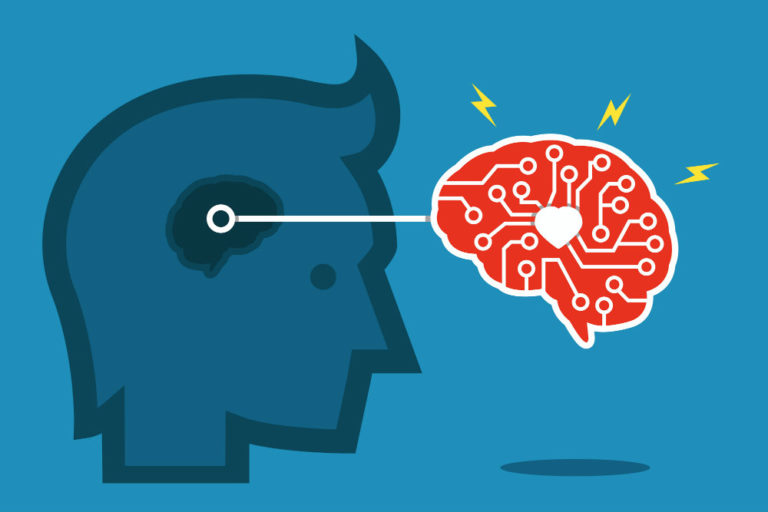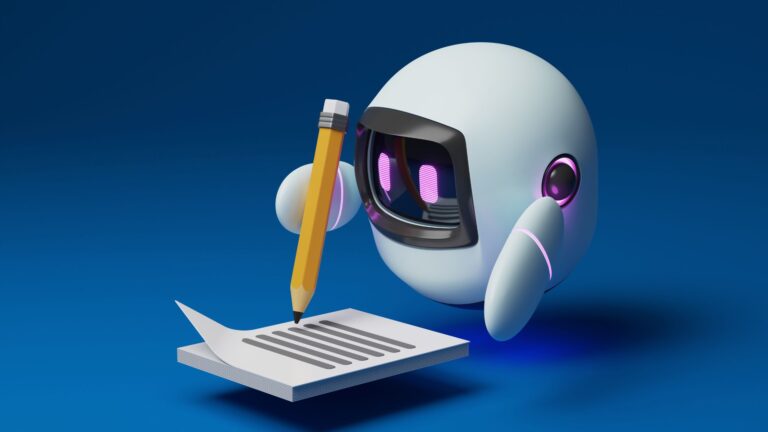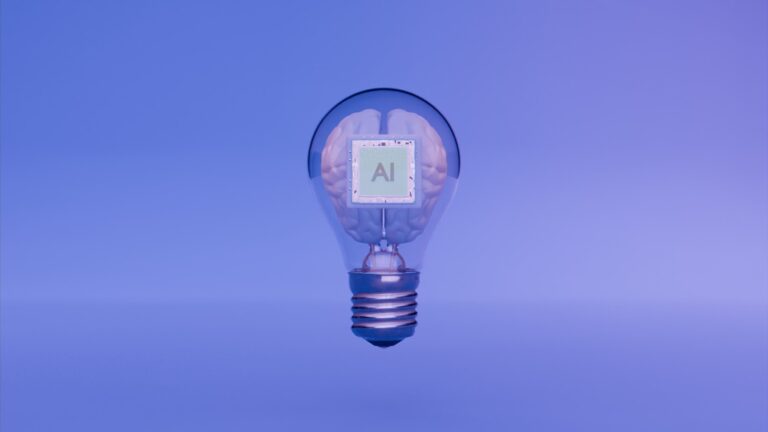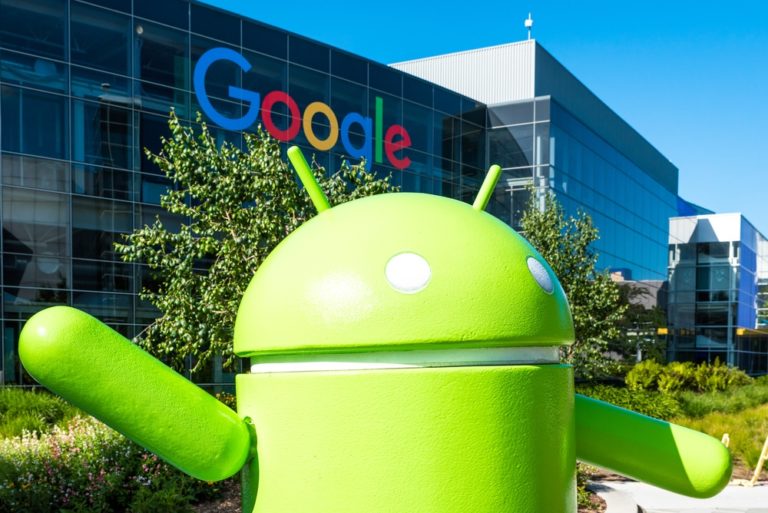Key Takeaways:
* Over 50% of Japanese game developers now use AI in game development.
* They use it for art assets, music, and game worlds.
* Capcom and Level-5 stand out in this trend.
* Some worry about fewer jobs as AI gets smarter.
* Experts say usage could reach 70% by 2030.
The Tokyo Game Show 2025 brought a surprising finding. A new report from CESA shows that over half of Japan’s game makers now use AI in game development. They see it as a way to fight rising costs and fewer workers. This shift marks a big change for the gaming world. It could lead to more creative ideas and faster game releases.
Major studios like Capcom and Level-5 have already adopted AI tools. They use them to speed up art, design levels, and even write character dialogue. Smaller teams join too. As a result, game creators can do more with limited budgets. However, some worry that AI might replace human jobs.
Why AI in Game Development Matters
Japan faces a clear problem: not enough workers and high costs. Game projects often need big teams and long hours. Making art, landscapes, music, and stories takes time. Now, AI in game development can help tackle this. It can make game art, suggest level designs, and create music loops. Therefore, teams can focus on big ideas.
Moreover, AI tools can speed up testing. They can spot bugs or find the best game balance. This saves many hours of manual work. As a result, developers can polish games more fully. They can then launch titles faster. Gamers will enjoy more frequent updates and fresh content.
In addition, AI can boost creativity. It can mix art styles or suggest new gameplay ideas. Teams can tweak these AI ideas to fit their vision. Thus, developers explore fresh paths they might not have dreamed of. This blend of human skill and AI power may define the next gaming era.
How Japanese Game Studios Use AI in Game Development
Capcom, known for big titles, uses AI in game development for asset creation. They feed old concept art into AI to generate new designs. Then artists pick the best ones and refine them. This process saves time and sparks new visual ideas. It also cuts down on early design costs.
Level-5, famous for story-driven games, uses AI in game development for writing. They let AI draft dialogue options and character backstories. Writers then refine these drafts. This approach speeds up script writing by nearly half. As a result, writers handle more plot paths and richer stories.
In smaller teams, AI in game development plays a bigger role. Indie creators use simple AI tools to build levels. They sketch a map, and AI fills in forests, rivers, and towns. This helps small teams test gameplay faster. It also lets them focus on fun features rather than map making.
Procedural content is another frontier. AI can build endless worlds with unique details. Players can explore vast lands without running into repeats. This makes games more engaging. In multiplayer settings, AI can even create new quests on demand. Gamers get fresh challenges each time they play.
Future Outlook for AI in Game Development
Experts predict AI in game development use will reach 70% by 2030. As tools get cheaper and smarter, more studios will adopt them. This change may reshape entire development pipelines. Teams will hire more AI specialists to guide the process. They will also train artists and designers to work well with machines.
However, the rise of AI brings real concerns. Some fear that entry-level jobs could vanish. Companies might opt for AI over junior staff. On the other hand, new roles will appear. We may see AI ethicists, tool trainers, and data managers. These jobs will help shape how AI supports creativity.
Moreover, Japan’s game industry may need new rules. Companies and unions will discuss how to protect human jobs. They might set guidelines on how much AI teams can use. This balance will ensure fair work conditions and innovation. With clear rules, the industry can grow without leaving people behind.
In addition, training programs will evolve. Schools may teach students how to use AI for game art, sound, and code. This will prepare the next generation of game creators. As a result, they can start strong careers and drive the industry forward.
Overall, AI in game development promises a new era of faster, richer, and more creative games. Yet, it requires careful planning to keep jobs secure. In the coming years, Japanese studios will lead the way in this AI-driven world.
Frequently Asked Questions
How can AI in game development help small teams?
AI speeds up tasks like map design, art creation, and testing. This lets small teams make quality games faster. They can then focus on unique ideas instead of routine work.
Will AI replace human game designers?
AI can handle repetitive tasks, but it can’t match human creativity and emotion. Developers will still guide AI and refine its work. Teamwork between humans and AI will remain key.
Could AI in game development make games boring or too similar?
If used poorly, AI may cause some similarities. However, creative teams can direct AI to explore unique styles. With the right input, AI can offer fresh ideas that differ widely.
What challenges does AI in game development present?
Studios must balance costs, job roles, and ethics. They need clear guidelines to protect workers. Training teams to use AI effectively is also critical.










